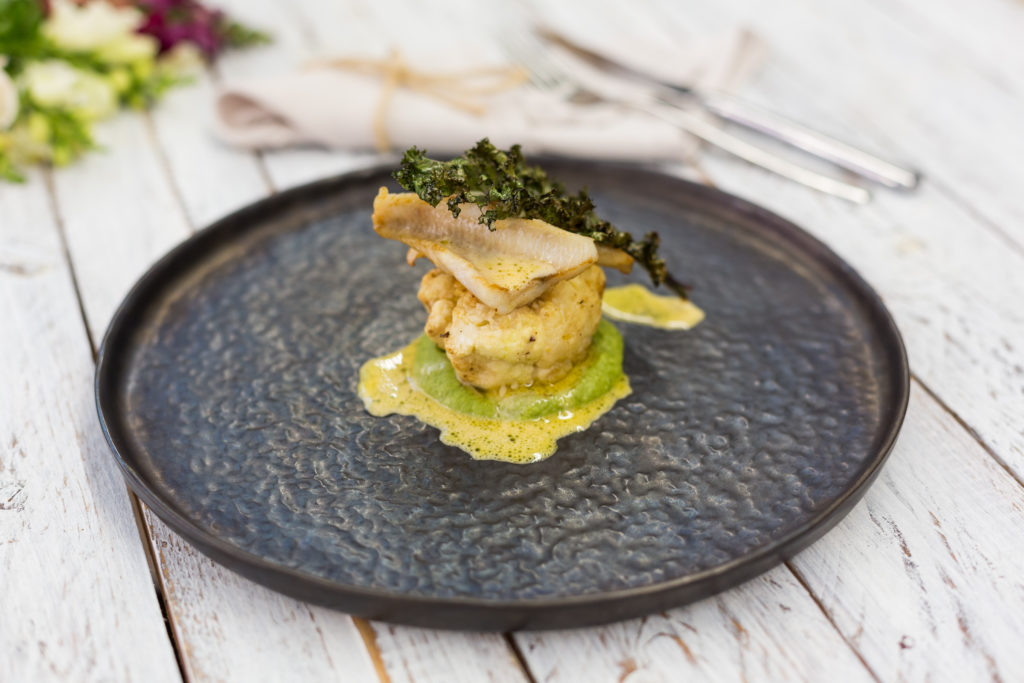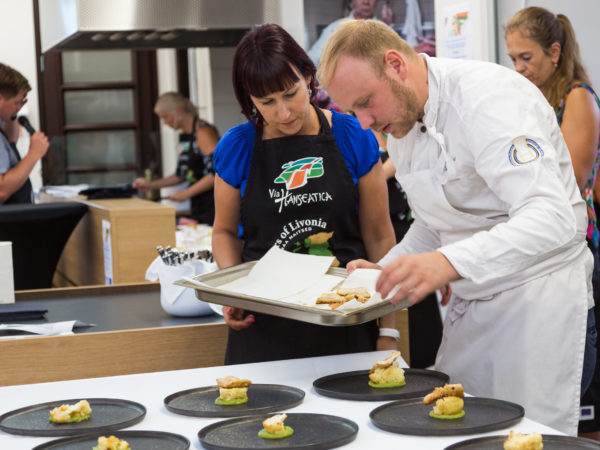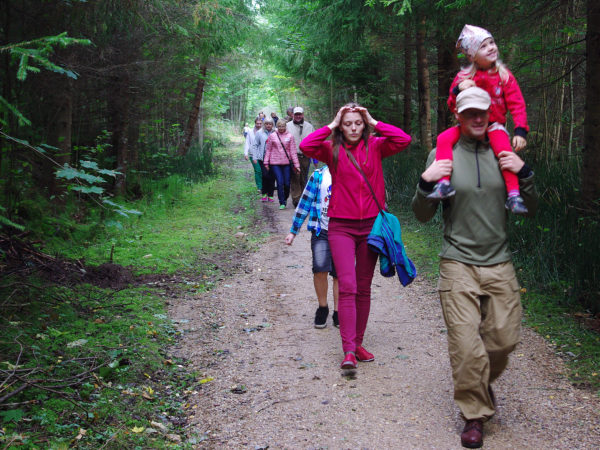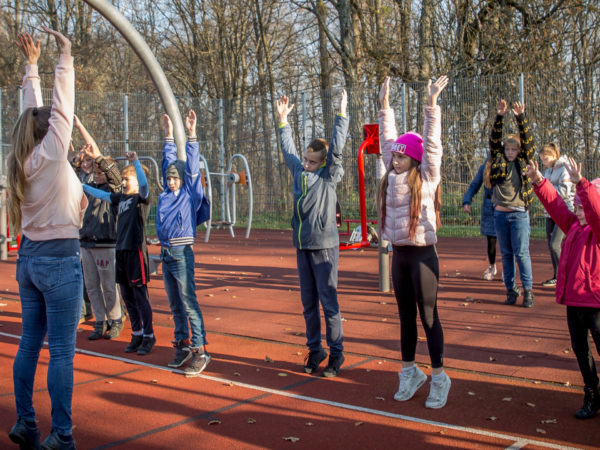European cultural heritage in the centre of attention
A comforting sea breeze with birds squeaking in the sky – a tranquil moment on a day hike on the new route along the Baltic Sea coast in Latvia. In the meantime, a bunch of families have taken their children to try out how it is to work as an archaeologist in the Dutch countryside, and many Romanians are listening to a language quiz on Radio Europa. While these Europeans might not be aware of it, they’re participating in a joint celebration.
Do you happen to remember the European year for active aging in 2012? Or the European year of people with disabilities back in 2003? Perhaps the European years dedicated to different important topics do not remain vividly in our memories over the years, but while ongoing, they gather people’s attention to topics that are regarded as relevant to be pushed to the spotlight for better recognition, change of attitudes and more positive behaviour.
The first European year took place in 1983 with focus on SMEs and the craft industry. This year, in 2018, we are celebrating the 30th European year, which has nothing less than cultural heritage chosen for its theme. We are not talking about some marginal effort here: throughout the year thousands of events with millions of participants all around Europe carry the official label of European year of cultural heritage, the above mentioned hikers, children and radio listeners being among the participants.
The overall objective of the Year is to encourage the sharing and appreciation of Europe’s cultural heritage, to raise awareness of our common history and values, and to reinforce a sense of belonging in a common European space.
‘So far, over 400 applications have fulfilled the criteria of a transnational initiative (more than one country involved) and received the right to use the official label of the European year of cultural heritage’, tells Policy Officer Joanna Mouliou from the European Commission DG Regio. Out of these applications, one fourth are Interreg projects. ‘Additional to that, over 4000 local and national events have been granted the label’, adds Lorena Aldana-Ortega, member of the team implementing the European Year of Cultural Heritage in DG Education and Culture. In order to be granted with the label the event or activity needs to contribute to at least one objective set for the year by the Commission, the European Parliament and the Council, which are to protect, safeguard, reuse, enhance, valorize and promote Europe’s cultural heritage.

Label is a sign of recognition but is it recognised?
Currently, ‘cultural heritage and arts’ is the third most popular topic of Interreg cooperation in Europe after tourism and entrepreneurship which, as themes, very often connect to culture in the projects (keep.eu). Architecture, historic routes, culinary traditions, natural wonders and industrial history are to name some of the topics addressed by the celebrational activities that invite both local inhabitants and visitors from elsewhere to acknowledge and appreciate the heritage within the regions. Geographically, the whole EU area including the external border regions is well covered by the activities of the thematic year (see map).
Tamara Muhič works with culture in Murska Sobota, Slovenia, and is involved in a cross-border project with Hungarian partners developing open-air museums in the border region between the countries. ‘Receiving the European year of cultural heritage label for our activities is a sign of positive recognition and connects our Interreg activities to an even wider European network. When people see the label at our activities they understand we, and also they, are part of something bigger and work for something important’, Muhič tells. Her project Back in the day is one of the approximately 100 Interreg projects that have so far received the label. According to Joanna Mouliou, Interreg projects and programmes have been the most active single source of all applications.
‘For us, our Interreg financing programme did the application for us and a couple of other cultural projects’, tells Sille Talvet-Unt working with regional development in the border region between Estonia and Latvia. Two of the projects she works with have received the European year of cultural heritage label for activities promoting local culinary traditions as well as for developing a non-motorised recreational route along the causeways of an old railway.
We are proud and use the label to show that we’re part of the European year but sometimes we also notice that people don’t recognise the label and don’t always know what it is about.
‘We are proud and use the label to show that we’re part of the European year but sometimes we also notice that people don’t recognise the label and don’t always know what it is about’, Talvet continues. ‘We think it is important to have the focus on the topic of cultural heritage and it is nice to be part of the thematically joint initiatives all around Europe. We believe that if the concept of the European year would be better known in general the label could serve the label holders with connections to networks they could otherwise not reach. That would be a great addition to the benefits of having the label for our projects.’

Joanna Mouliou and her colleagues have been positively surprised by the active role and enthusiasm of the Interreg community in connecting their activities to the European year. Therefore, they encouraged the further promotion of this action which resulted in the e-book Connecting Cultures, Connected Citizens where the labelled Interreg projects are presented side by side. Finally, the outcomes of the thematic year will be evaluated to see how the concept can be further developed and the results be made sustainable also after the activities have ended.
It has been a great surprise to us to see how active the Interreg community has been towards the label.
While Europe dances, hikes, paints, bakes, sings and enjoys its cultural heritage to the maximum, the decisions on the theme and timing of the next European year are still in the making. Be it a topic as popular in Interreg as cultural heritage, the community is surely prepared to get its hands dirty in the pan-European action once again.
Further reading:
- Home page of the European year of cultural heritage
- Download Interact publication Connecting Cultures, Connected Citizens on the Interreg projects with the European year of cultural heritage label






